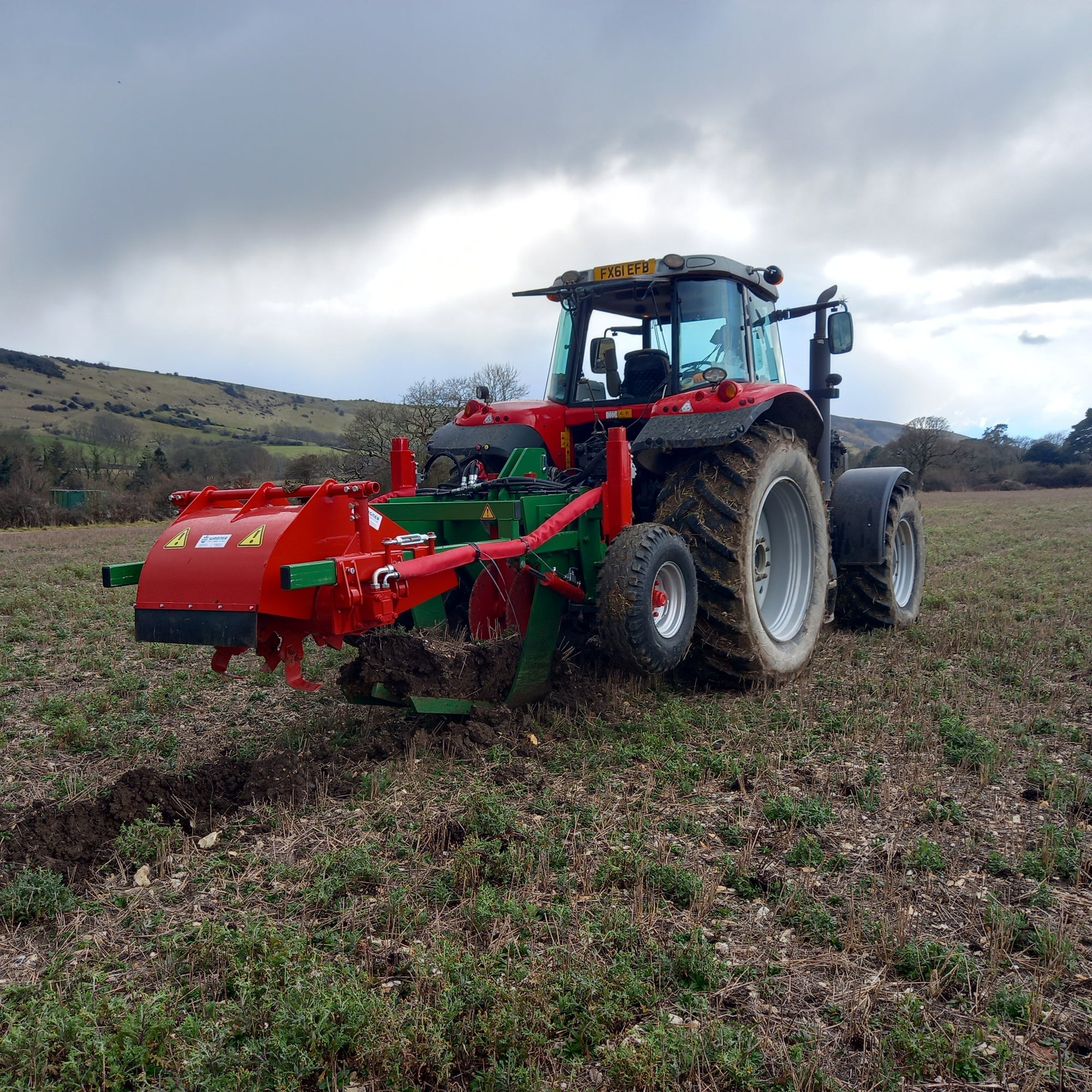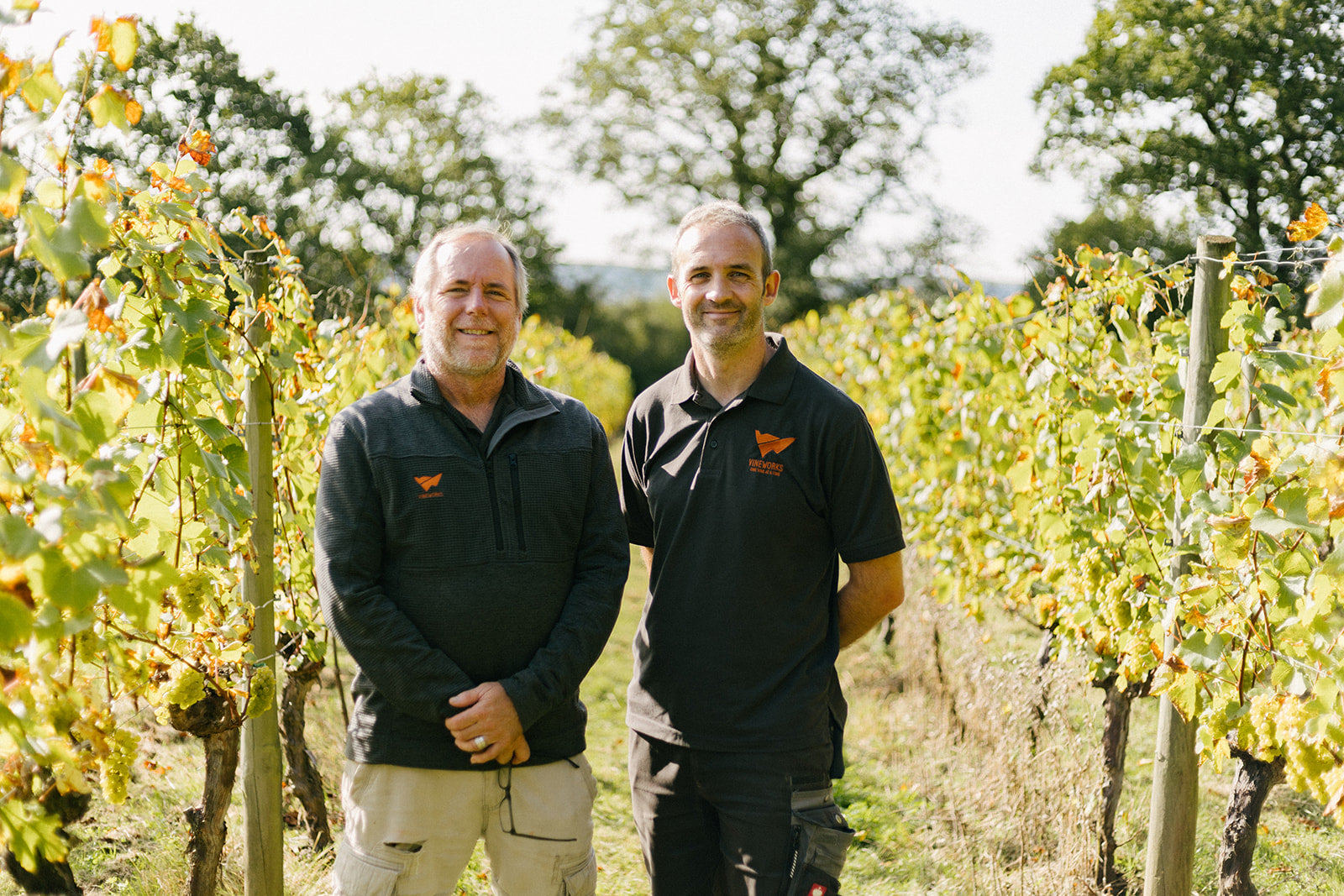
Scouting is a crucial part of vineyard management. It’s one of those tasks that every grower knows needs doing, but can never find the time to do. In UK viticulture, the current set-up for scouting is mostly carried out by ‘looking out of the tractor cab window’ or as a ‘freebie’ from agronomists, (always keen to sell). Scouting is inherently a visual exercise, as you can only record the pests, disease and deficiencies that you can see. Traditionally scouting was done with a note book and pen, recording the key dates such as bud break, flowering dates, verasion etc. However, technology is changing how we look at this.
To monitor effectively, multiple vines need to be assessed, but there is a limit to how much ground a scout can cover in a working day – consequently scouts use a pattern to achieve a representative sample. The patterns can be ‘W’ or ‘M’ across the vineyard, stratified, (sampling on an interval) using sentinel vines to repeatedly check on the same vine throughout the season, or randomised. Each has its pros and cons. Stratified sampling or sentinel vines in a truly uniform vineyard may be useful for measuring growth stage and yield, but less effective for disease/pest monitoring. W / M patterns are difficult to get a true picture in our irregularly shaped blocks, but (in my opinion) if carried out with a significantly large enough sample, randomised sampling provides the most effective representation.
Clearly the majority of scouting is during the growing season with essential visits at the key phenological (E – L) growth stages and on or around climatic incidents, such as frost or rain. Any sensible vineyard manager will know the key weather conditions for fungal diseases and should scout for primary infection accordingly.
Originally the tools of the trade for a scout were clicker counters, hand lenses and sample bags, however technology has changed this. Remote sensing is now recognised as the next generation of vineyard scouting.
There are several less laborious new(ish) technologies than walking your vineyard that are currently being used in established viticultural regions. Colour Infrared (IR) photography, Normalized Difference Vegetation Index, (NDVI) Enhanced Vegetation Index, (EVI) which can be linked with Geographic Information System (GIS) integrating hardware, software and data for capturing, managing, analysing and displaying information. These techniques have become a standard tool of effective vineyard management but come with a hefty price tag. Such mapping techniques are carried out by light aircraft, unmanned aerial vehicles, (drones) or satellite. These remote scouting techniques are effective for charting vigour variability, directing fertiliser inputs and counting missing vines, but down at microclimate level how effective are they at the ‘small stuff’ like spotted wing drosophila, grape trunk disease, etc?
As always, there is a compromise to find between reducing the number of measurements to lower the cost of data gathering while gaining sufficient data to get a reliable and representative picture. Remote sensing technologies are effective for mapping large areas of vineyards, but the uniqueness and spread of viticulture in the UK means that we don’t have distinct wine regions, (yet). Consequently, our industry is not quite ready for these systems. Intimate vineyard knowledge of layout, vigour variation and disease hotspots are essential for the vineyard manager – essentially there is no better way to scout your vines than ‘boots on the ground’.
There are many tools for gathering scouting information and the future is digital. There are many apps which will assist the grower to make better decisions. Examples include evineyard, (which records spray programs), GPS, (to track tractors and manage paperwork) or eviticulture, (which tracks vine performance from data input and produces reports to assist the grower). Almost all of these apps and software are developed for established viticultural regions so often don’t provide the UK viticulturalist with appropriate detail. However, UK start up Vidacycle Sectormentor for Vines (VSMV) is looking to provide a system that works for growers in any region. VSMV uses NFC technology with data collected for field operatives. This is uploaded via smart phone and the information is synced to a cloud into easy-to-read graphics.
To conclude: how you gather vineyard data and the longer you gather it for, the bigger the picture will be and you’ll soon be able to compare seasons, predict quality and yield and determine how you make those crucial decisions.
Happy gathering!




